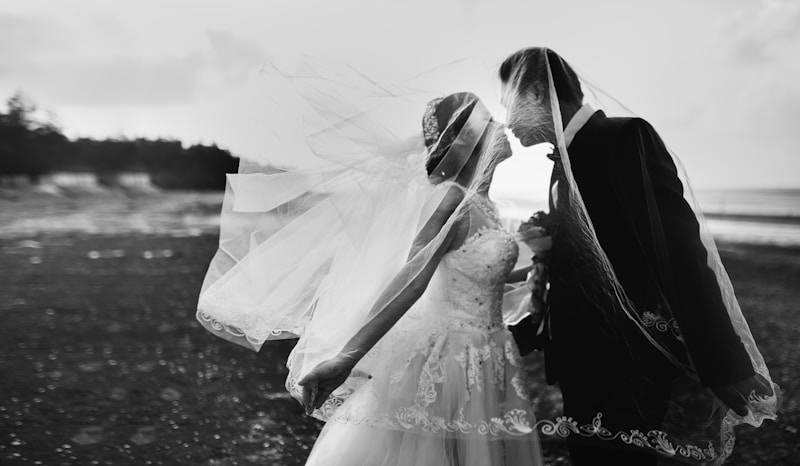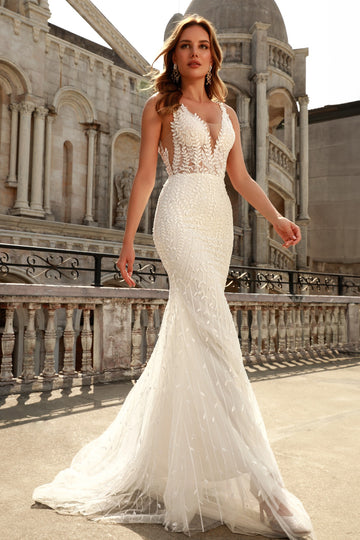Diverse Wedding Dress Styles for Every Cultural Background
Diverse Wedding Dress Styles for Every Cultural Background
In today's world, weddings are not just about two individuals uniting; they are a rich tapestry of diverse cultural backgrounds, traditions, and personal stories. Each culture contributes unique elements to the wedding celebration, particularly through the wedding attire. The wedding dress is often the focal point, showcasing the deep-rooted customs and aesthetic preferences of different cultures. This article explores a variety of wedding dress styles from around the globe that cater to diverse cultural backgrounds. We will dive into styles, their significance, and how they can beautifully blend in modern weddings.
The Importance of Cultural Representation in Wedding Attire
Choosing a wedding dress is more than just a fashion statement; it is an expression of identity and respect towards one's heritage. For many couples, paying homage to their cultural roots through wedding attire adds meaning to their celebration. Alternatively, for intercultural couples, blending wedding dress styles can symbolize unity and embrace the beauty of diversity.
Popular Wedding Dress Styles from Various Cultures
| Culture | Typical Dress Style | Characteristics |
| Western | A-Line or Ball Gown | Emphasizes a fitted bodice and flowing skirt, often made with lace or silk. |
| Indian | Saree or Lehenga | Vibrant colors, intricate embroidery, and flowing fabrics, usually worn with elaborate jewelry. |
| Chinese | Qipao or Cheongsam | Form-fitting dress with high neck and slit, often made from silk and adorned with delicate patterns. |
| African | Aso Ebi / Kente Cloth | Colorful fabrics wrapped around the body, usually accompanied by head wraps and elegant beadwork. |
| Latino | Fiesta Dress | Brightly colored, layered dresses that often feature intricate patterns and are paired with floral accessories. |
Western Wedding Dress Styles
Traditionally, Western weddings often see brides donning styles like A-line or ball gowns. The A-line silhouette is flattering for various body types, featuring a fitted bodice that gradually flares out from the waist. This style is usually made from luxurious materials such as lace, silk, and satin. Additionally, it can incorporate intricate beadwork and embroidery to enhance its elegance. 
Indian Wedding Attire
In Indian weddings, the saree and lehenga are quintessential. A saree, a long piece of fabric elegantly draped around the body, symbolizes the grace and beauty of Indian culture. The lehenga, a traditional skirt often paired with a choli (blouse), is known for its rich colors and elaborate embroidery. Brides often wear heavy jewelry, which adds to the aesthetic appeal of the outfit.
Chinese Bridal Dresses
For Chinese brides, the qipao or cheongsam is a popular choice. This form-fitting dress features a straight cut and high neck, often adorned with intricate patterns and made from luxurious silk. The dress is traditionally red, symbolizing prosperity and happiness, which plays a central role in Chinese wedding ceremonies.
African Wedding Styles
African weddings showcase the continent's rich heritage through attire like Aso Ebi or Kente cloth. These styles often feature bright colors and unique patterns, with Aso Ebi referring to a traditional outfit worn by close friends and family of the bride. The use of vibrant fabrics wrapped around the body, along with elaborate head wraps, signifies cultural pride and communal unity.
Latin American Wedding Attire
In Latin American cultures, especially in Mexico, brides often wear a colorful fiesta dress. These dresses are characterized by their bright colors, layers, and beautiful patterns. Floral accessories are often used to add a romantic touch. The attire is a celebration of life, capturing the essence of joy and vibrancy inherent in Latino weddings.
The Evolution of Wedding Dress Styles in a Globalized World
Globalization has caused a beautiful blending of cultures, allowing couples to mix and match wedding dress styles from their heritages. Contemporary weddings often feature hybrid designs, where traditional elements are integrated with modern aesthetics. Brides are increasingly opting for dresses that reflect both their backgrounds and contemporary trends, marrying style with cultural heritage.
Tips for Choosing the Perfect Diverse Wedding Dress
When selecting a wedding dress that represents diverse cultural backgrounds, consider the following tips:
- Understand the Cultural Significance: Research the meaning behind traditional attire. This understanding can deepen emotional resonance.
- Consider Personal Style: Ensure the dress reflects your personality. While tradition is significant, personal comfort and style should take precedence.
- Find the Right Balance: For intercultural couples, seek to incorporate elements from both backgrounds without compromising either tradition.
- Seek Custom Designs: If standard options do not resonate, consider bespoke options that fuse various styles and cultures.
- Consult Family: Consult family members, especially elders, for insights into traditional attire, ensuring you honor family customs.
Conclusion
Wedding dresses serve as more than mere clothing; they embody cultural identities, traditions, and personal stories. From exquisite A-line gowns of the West to vibrant sarees of India, each style carries its own significance and beauty. As couples increasingly embrace and celebrate their diverse backgrounds, incorporating various elements into their wedding attire is a beautiful reflection of love and unity. Remember, the most important aspect is that the dress resonates with who you are and the love story you are celebrating. Happy planning!
In conclusion, whether you choose a traditional wedding dress or a modern interpretation, understanding and honoring the cultural significance can enhance the connection you share with your big day. Embrace the diversity, and let your love story shine through the fabric of your attire.
